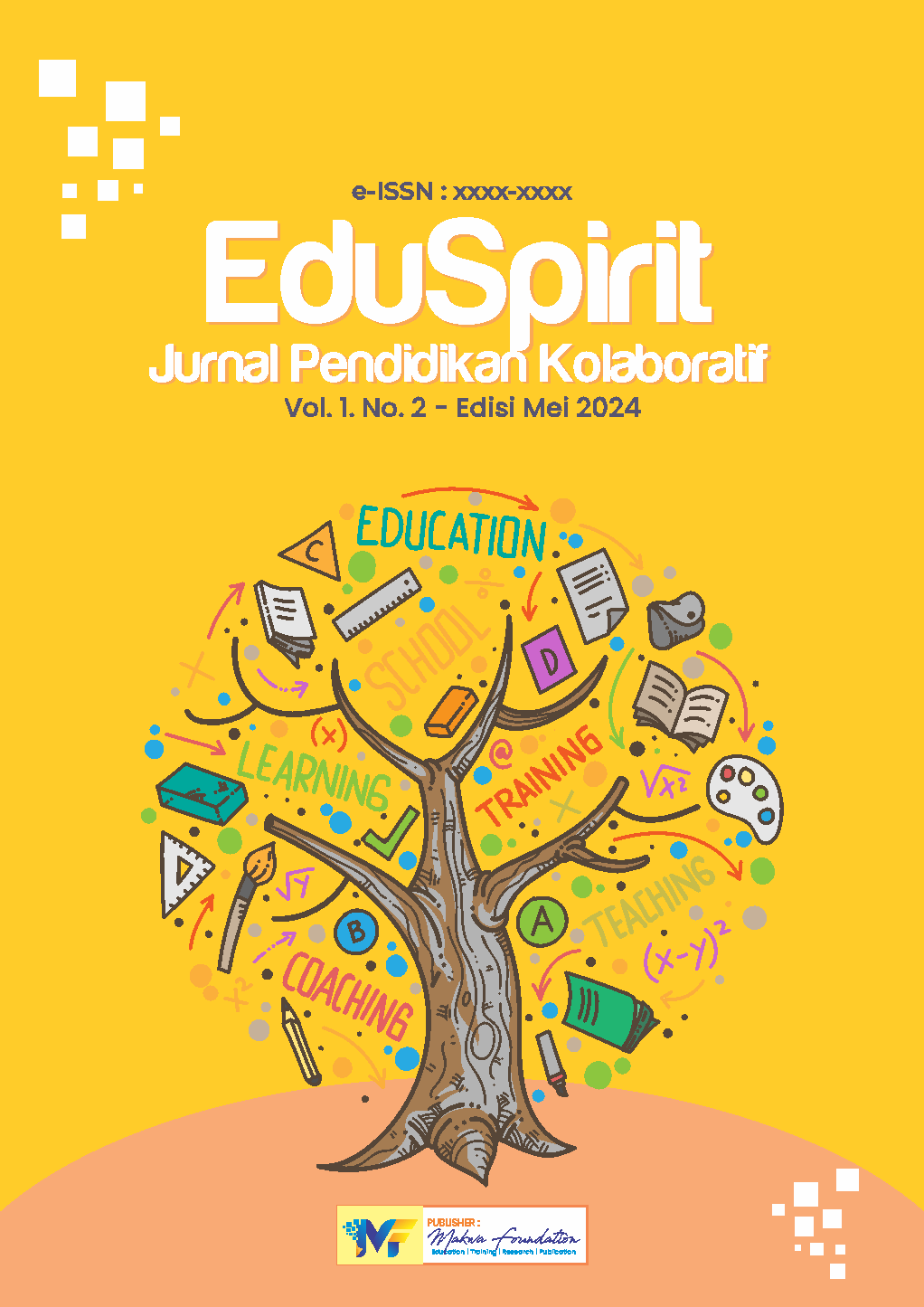Strategi Pembelajaran Flipped Classroom dalam Meningkatkan Pemahaman Konsep di MI Negeri 10 Aceh Besar
Keywords:
Flipped Classroom, Pembelajaran Interaktif, PTKAbstract
21st century learning demands innovation in teaching methods to improve students' understanding of the concepts taught. One strategy that is starting to be implemented is the flipped classroom, where students study the material independently before class meetings, so that face-to-face time can be focused on discussion and problem solving. This study aims to analyse the effectiveness of the flipped classroom strategy in improving students' concept understanding at MIN 10 Aceh Besar as well as to identify the supporting factors and obstacles in its implementation. This research uses the Classroom Action Research (PTK) method with two cycles that include planning, implementation, observation, and reflection stages. The research subjects were grade V students who had difficulty in understanding certain concepts. Data were collected through observation, interviews, questionnaires, and formative tests before and after the implementation of flipped classroom. The results showed that flipped classroom had a positive impact on students' understanding. In the first cycle, there was an increase in student participation although there were still difficulties in independent learning. In the second cycle, with improvements in material delivery and teacher guidance, student understanding improved significantly. Students were more active in discussions and showed better learning outcomes compared to conventional methods. However, challenges in implementing the flipped classroom include low self-learning habits and limited access to technology for some students. In conclusion, flipped classroom is an effective learning strategy in improving students' understanding of concepts, but it needs a mentoring strategy and adequate infrastructure support to be implemented optimally.
References
Arikunto, S. (2010). Prosedur Penelitian: Suatu Pendekatan Praktik (9th ed.). Rineka Cipta.
Bloom, B. S. (1956). Taxonomy of Educational Objectives: The Classification of Educational Goals. Longmans, Green.
Gagne, R. M. (1985). The Conditions of Learning and Theory of Instruction (4th ed.). Holt, Rinehart and Winston.
Lewin, K. (1946). Action research and minority problems. Journal of Social Issues, 2(4), 34–46.
Mayer, R. E. (2009). Multimedia learning (2nd ed.). Cambridge University Press.
Piaget, J. (1973). To Understand is to Invent: The Future of Education. Viking Press.
Slavin, R. E. (1994). Educational Psychology: Theory and Practice (6th ed.). Allyn & Bacon.
Sudjana, N. (2005). Metode Statistika (6th ed.). Tarsito.
Sugiyono. (2013). Metode Penelitian Pendidikan Pendekatan Kuantitatif, Kualitatif, dan R&D (Edisi Ke-18). Alfabeta.
Vygotsky, L. S. (1978). Mind in Society: The Development of Higher Psychological Processes. Harvard University Press.



